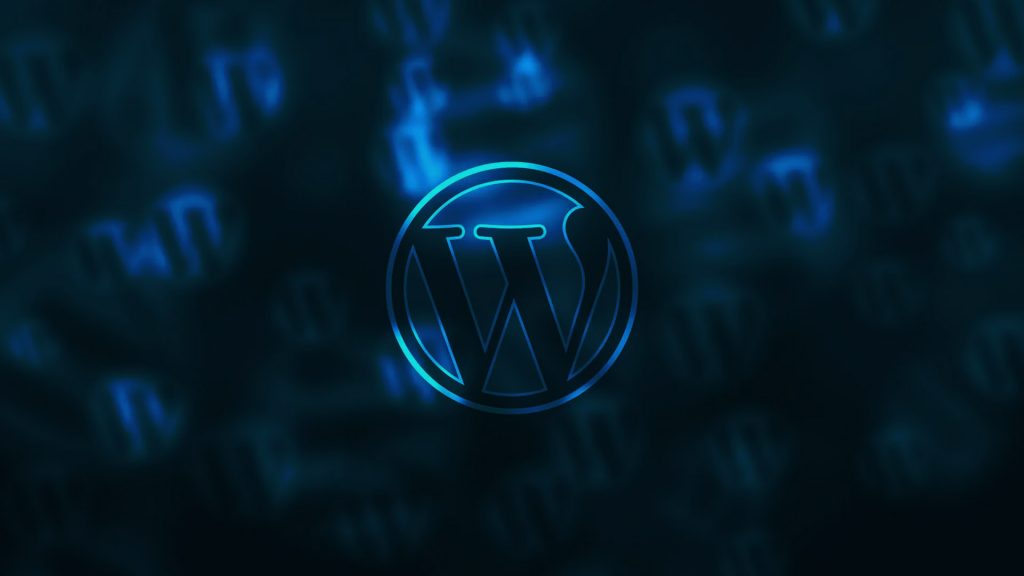WordPress security is of considerable importance for a website owner. Google blacklists 50,000 websites for phishing every week and 10,000 websites daily for malware. WordPress security must be taken seriously if you want a secure website.
The core software of WordPress is simple, and hundreds of developers audit it regularly. Still, there is ample scope for the developers to keep a website safe and secure. Below are mentioned a few security checks to protect your website against vulnerabilities.

Implementing SSL certificates
SSL (Secure Sockets Layer) certificates are an industry protocol used by millions of websites for securing online transactions with their clients. It is one of the first steps that you need to take for securing your website. You may purchase an SSL certificate, but it is provided free by most of the hosting providers. This is an encrypted connection between a web browser(client) and a web server(host).
Limit the log-in attempts
A default option, WordPress has no restriction on the number of attempts to log – in. This could make your website vulnerable to brute-force attacks. Hackers are known to hack into a website by resorting to various password combinations. The issue can be addressed by restricting the failed login attempts of a user. If you are using a web application firewall then it is automatically taken care of.
Installation of a security plugin
WordPress is a great way to incorporate useful features into your website as there are various security plug-ins available. By installing a security plugin, you add extra layers of protection to your website without a lot of effort. There are various security plugins that you can opt for
- I Themes Security
- Word Fence Security- Firewall along with Malware scan

Two-factor authentication
Two-factor authentication means logging into a website by using a two-way verification process. Firstly, you need to zero in the user’s name along with the password and the second step requires you to authenticate using an app or a device. Most popular websites like Google, and Facebook have this feature enabled for your accounts. The same level of functionality can be added to your WordPress Site. For this, you need to install and authenticate the two-factor authentication plugin.
Keep the WordPress core files updated regularly
For maintaining the safety and security of your website WordPress Files have to be updated regularly. Every time a WordPress security issue is reported, the core team will release an update to fix the issue. You can be running a version of WordPress with known vulnerabilities if you are not updating your website. Do not leave your website at the mercy of hackers!
Changing the default user admin name
In the earlier days admin was the default user name of WordPress admin. Since users comprise a majority of user credentials, this makes it easier to deal with brute force attacks. Credit to WordPress they have gone on to change it now and at the time of installing WordPress, a random user name can be selected.
Pay attention to Plugins and themes
Regular updates of your WordPress keep the file in check, but there are other vulnerable areas where vulnerabilities may spring up. Themes or Plugins should be only used by trusted developers. If the source is not credible then it is better not to use them. Like an outdated version of WordPress, an outdated theme or Plugin could make your website vulnerable to attack.
Idle users should be automatically logged off in WordPress
A logged-in user could wander away from a screen, posing a serious security risk. Someone could hijack a session, change the password and make changes to your account. This is one of the main reasons why financial and banking sites log out as inactive users. The same functionalities can be implemented on your WordPress site. You have to install and activate the inactive log-out plugin.
Use strong passwords
Apart from obtaining an SSL certificate one of the ways to secure your website is to have strong passwords for all log-in accounts. The use of an easy-to-remember password may be tempting, but doing so puts the users and website at risk. Enhancing the password strength makes you less vulnerable to attacks. A strong password also means less possibility of a cyber-attack. For creating a password there are a few practices that you have to follow.
Frequent backups are important
A way to protect your WordPress website is to have a secure back- up of the current and important files. The last thing that you want is something happening to your website and you do not have a backup in place. Back up your site regularly and if something happens to your website you can always restore the previous version.
To conclude these are the top 10 security checks for your WordPress website. Plan to implement it at the earliest to have a secure website!
For more such insights, Connect with GTECH, a leading WordPress development agency in Dubai.
Related Post
Publications, Insights & News from GTECH








